Umbilical Cord Injury Lawsuit Case: Was Your Baby Injured At Birth Due To Umbilical Cord Complications
The birth of a child is a momentous occasion, yet it carries inherent risks, one of which includes umbilical cord complications that can lead to serious injuries or conditions in newborns. When healthcare providers fail to detect or properly manage these complications, the results can be devastating, raising questions of medical negligence and malpractice. In such cases, understanding the legal avenues available for seeking justice and compensation becomes crucial. This discussion aims to shed light on the complexities surrounding umbilical cord injury lawsuits, including the types of injuries that can occur, the basis for common malpractice claims, and the critical steps involved in navigating the legal system. As we explore these aspects, consider the potential impact on affected families and the importance of professional legal guidance in these situations.
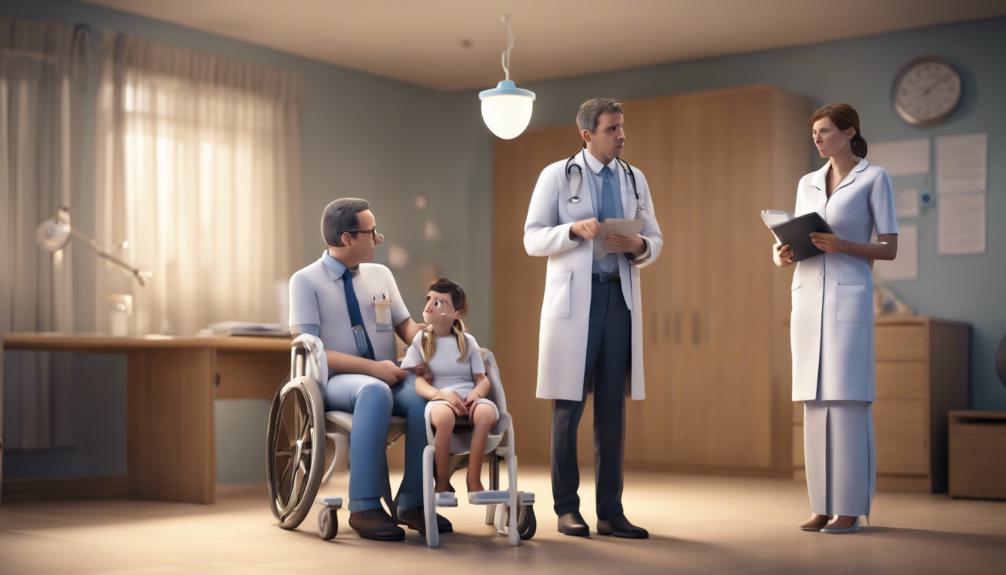
Types of Umbilical Cord Injuries
Several types of umbilical cord injuries can occur during childbirth, including nuchal cord, compressed umbilical cord, true knot umbilical cord compression, prolapsed umbilical cord, and short umbilical cord. A nuchal cord occurs when the umbilical cord wraps around the baby's neck, potentially restricting blood flow. Compressed umbilical cord instances arise when the cord is squeezed, limiting the baby's oxygen supply. True knot umbilical cord compression is when the cord forms a knot, increasing the risk of oxygen deprivation. A prolapsed umbilical cord happens when the cord precedes the baby through the birth canal, potentially cutting off blood flow. Lastly, a short umbilical cord can restrict fetal movement and may lead to complications during delivery. Each of these conditions requires immediate medical attention to prevent serious health outcomes for the newborn.
Common Malpractice Claims
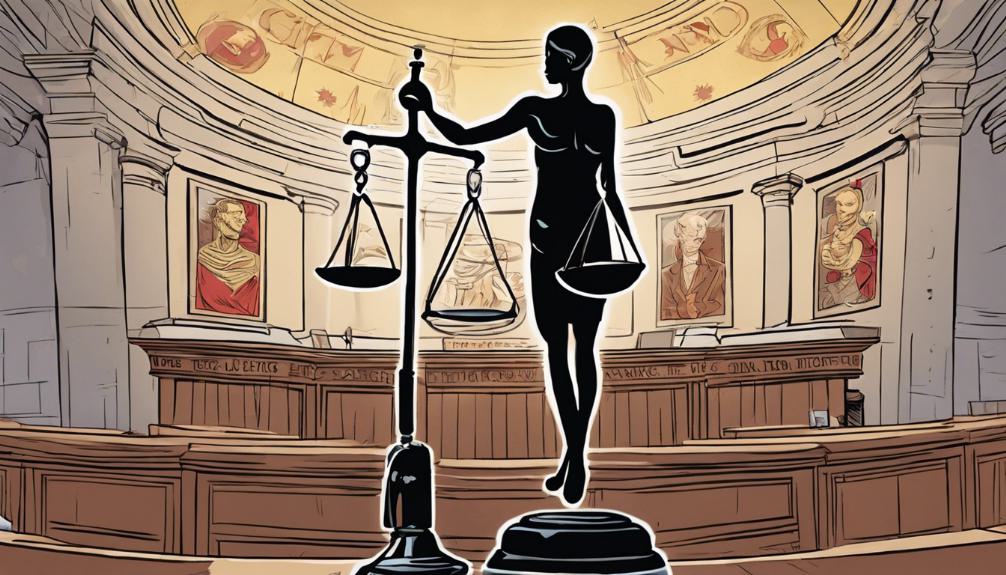
Understanding the various types of umbilical cord injuries is crucial, as it sets the stage for addressing the common malpractice claims that arise when these injuries are not properly managed or prevented. These claims often center around healthcare providers' failure to monitor for signs of umbilical cord complications, diagnose umbilical cord injuries promptly, and treat umbilical cord problems effectively. Moreover, claims may involve allegations of failing to unwrap a knotted or twisted cord and ensuring adequate oxygen supply for the baby. Another significant aspect of malpractice claims includes the negligence in timely performing necessary interventions, such as a C-section delivery, and failing to identify, monitor, and follow up on risk factors and issues related to the umbilical cord.
Potential Complications
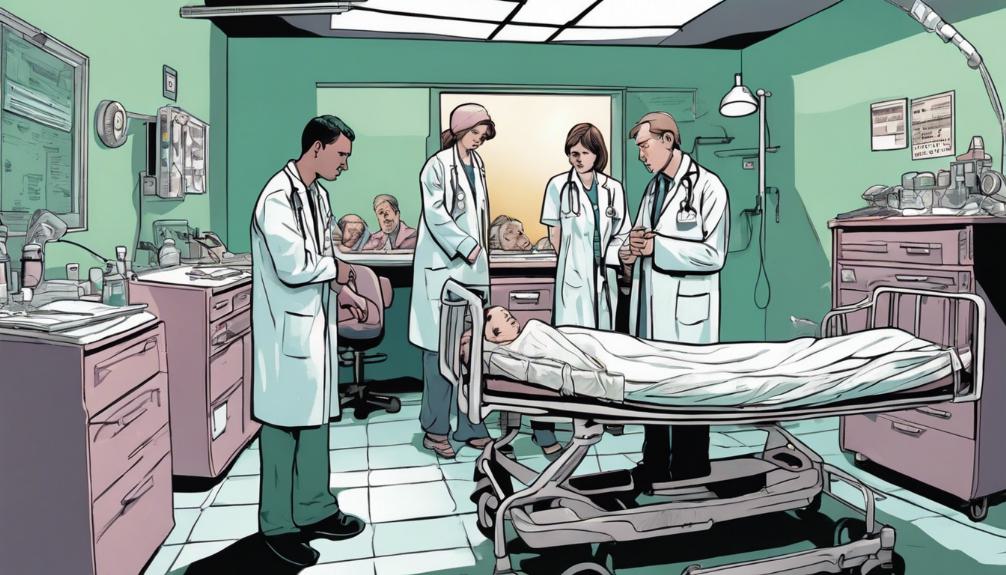
Umbilical cord injuries can lead to severe complications, including hypoxic-ischemic encephalopathy, cerebral palsy, and other forms of brain damage, impacting the newborn's health and development. These complications are not only life-altering but can also impose significant emotional and financial burdens on families. Specifically, hypoxic-ischemic encephalopathy occurs when the brain does not receive enough oxygen, potentially resulting in cognitive and motor skill impairments. Cerebral palsy, another grave consequence, affects movement and muscle tone, arising from damage to the developing brain. Additionally, injuries to the umbilical cord can lead to periventricular leukomalacia, a form of white-matter brain injury, and birth asphyxia, which refers to the newborn not receiving enough oxygen before, during, or right after birth. These conditions underscore the critical nature of recognizing and appropriately managing umbilical cord complications during delivery.
Examples of Negligence
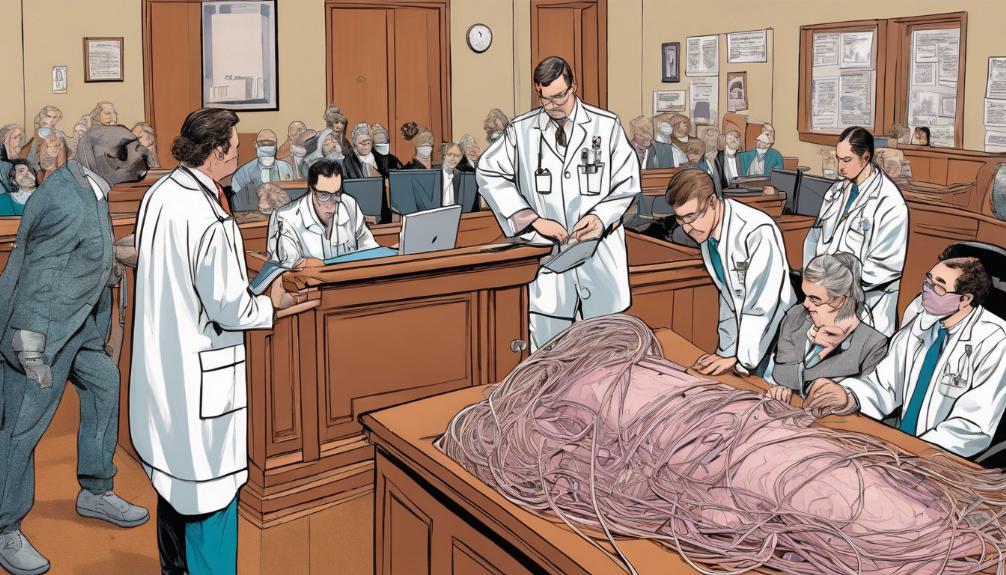
Given the severe complications arising from umbilical cord injuries, it is imperative to examine the instances where medical negligence contributes to these adverse outcomes. Examples of such negligence include failing to monitor for signs of umbilical cord complications actively. This oversight can lead to a missed diagnosis of conditions like nuchal cords or compressed umbilical cords, which are critical to address promptly. Moreover, the failure to properly treat identified umbilical cord problems or to perform timely interventions, such as a cesarean section, when complications threaten the baby's health, represents a severe lapse in the standard of care. These instances not only highlight the importance of vigilance in prenatal care but also underscore the potential legal implications when such vigilance is lacking.
Seeking Compensation Steps
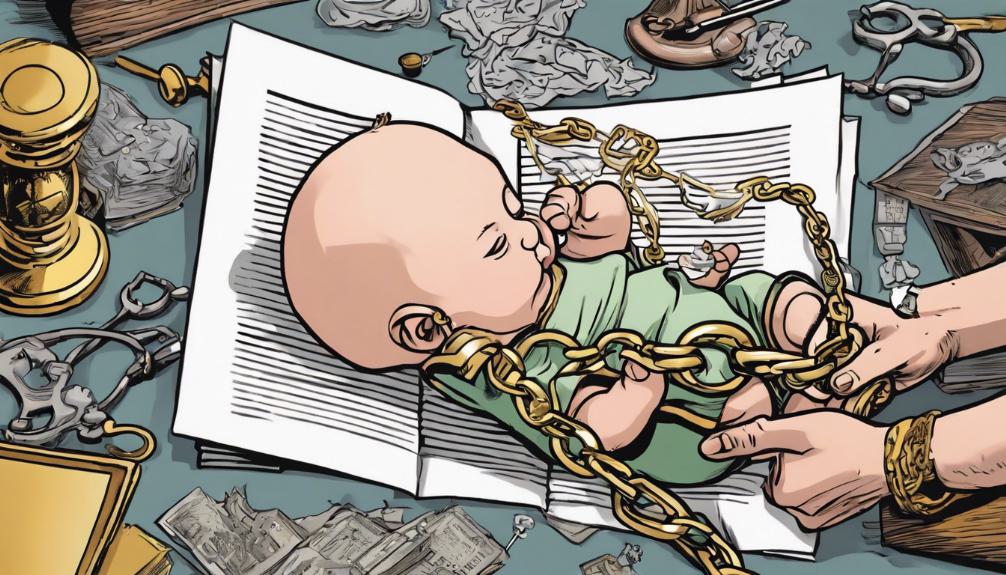
Pursuing compensation for umbilical cord injuries involves several crucial steps, starting with securing a knowledgeable birth injury lawyer for a comprehensive case evaluation. This initial step is vital as it lays the groundwork for understanding the nuances of your case. Following this, the next phase involves a thorough health evaluation by a medical professional to assess the extent of the injury and its impact. This assessment is crucial for substantiating your claim. Subsequently, an investigation is conducted to establish any violation of legal rights, gathering evidence that is imperative for building a strong case. Throughout these steps, clear and concise communication with your legal team is essential for navigating the complexities of the legal process and moving towards securing the compensation deserved for the injuries sustained.
Legal Rights and Evidence
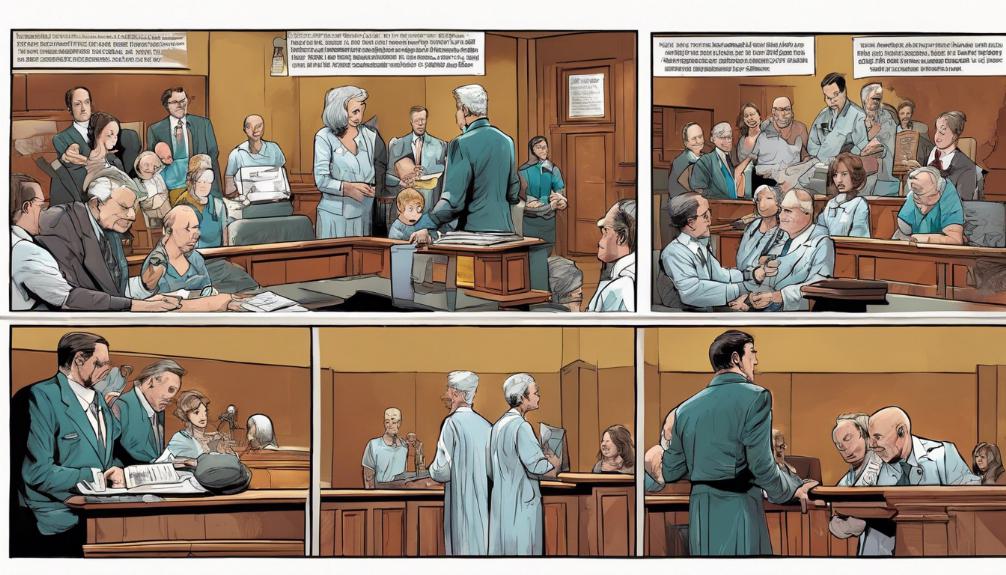
Understanding the legal rights of the affected family and gathering robust evidence are paramount steps in building a strong umbilical cord injury lawsuit. The legal rights hinge on proving that the standard of care during childbirth was breached, leading to the umbilical cord complications. Collecting comprehensive evidence, such as medical records, witness statements, and expert testimony, is crucial. These documents and testimonies can illustrate how the healthcare provider's actions or inactions deviated from accepted medical practices, directly causing the injury. Demonstrating a clear link between the negligence and the resulting harm is essential for a successful claim. This process underscores the importance of meticulous documentation and the strategic presentation of evidence to support the family's pursuit of justice and compensation for their child's injuries.
Selecting a Birth Injury Lawyer
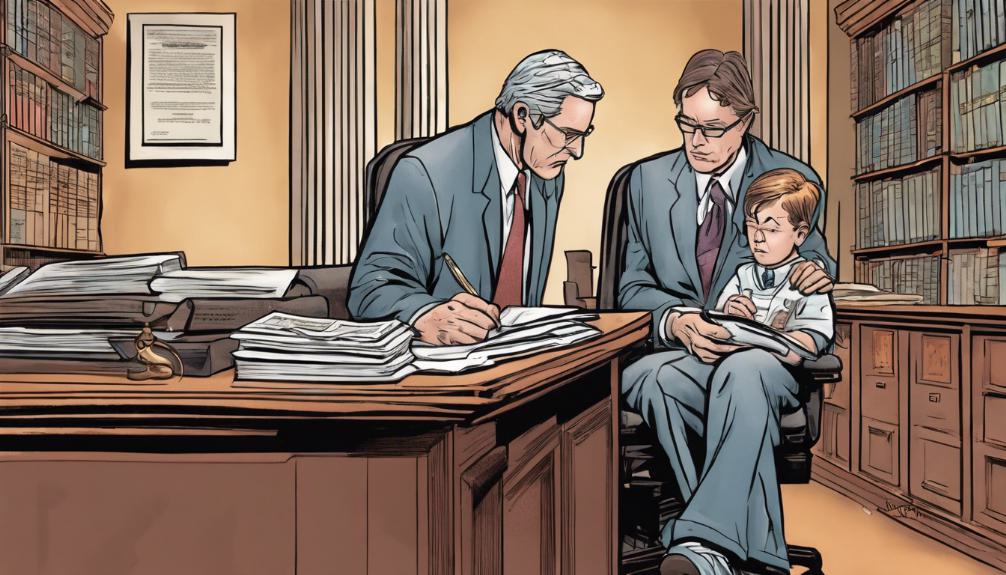
Selecting the right birth injury lawyer is a critical step for families seeking justice and compensation for umbilical cord injuries sustained during childbirth. This choice can significantly impact the outcome of your case. When looking for a lawyer, prioritize experience and specialization in birth injury law, as these professionals are more familiar with the medical complexities and legal nuances involved. Consider their track record in handling similar cases to gauge their ability to secure favorable outcomes. Personal rapport is also important; you need a lawyer who is compassionate and communicates clearly, ensuring you're informed and comfortable throughout the legal process. Opt for a lawyer who operates on a contingency fee basis, meaning they only get paid if you win your case, aligning their interests with yours.
Understanding Medical Evaluations
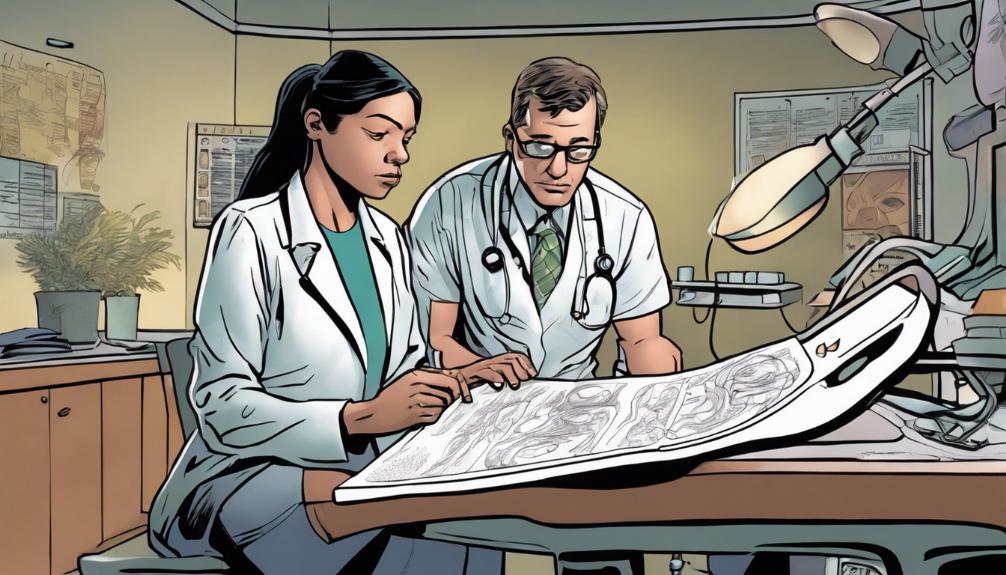
Medical evaluations play a pivotal role in establishing the extent of injuries and the potential negligence involved in umbilical cord injury cases. These assessments are conducted by medical professionals who specialize in neonatal and perinatal care, ensuring a comprehensive understanding of the baby's condition. Through detailed examinations, including physical assessments and diagnostic imaging, medical evaluators can identify specific types of umbilical cord injuries, such as nuchal cords or true knot compressions, and their consequences on the child's health. This evidence is crucial for substantiating claims of malpractice, demonstrating how healthcare providers' actions or inactions contributed to the injury. Accurate medical evaluations thus form the foundation for pursuing justice and compensation in umbilical cord injury lawsuits, highlighting the importance of expert medical testimony in these complex legal matters.
Frequently Asked Questions
How Long Do I Have After the Birth of My Child to File an Umbilical Cord Injury Lawsuit?
The timeline for filing an umbilical cord injury lawsuit varies by jurisdiction. Generally, statutes of limitations range from one to several years post-birth. It is imperative to consult with a legal professional specializing in birth injury cases to determine the specific timeframe applicable in your case. Early consultation ensures adherence to legal deadlines and enhances the prospects of securing compensation for any harm caused by potential medical negligence.
Can an Umbilical Cord Injury Claim Still Be Pursued if the Child Shows Delayed Symptoms or Diagnoses Related to the Injury?
Yes, an umbilical cord injury claim can still be pursued if the child exhibits delayed symptoms or diagnoses related to the injury. It is essential to consult with a specialized attorney who can assess the specifics of your case, including the statute of limitations, which varies by jurisdiction. Early legal advice is crucial to navigate potential complexities and to ensure the preservation of evidence related to delayed-onset complications from the injury.
How Is the Amount of Compensation Determined in Umbilical Cord Injury Cases?
In determining compensation for umbilical cord injury cases, several factors are considered. These include the severity and permanence of the injuries, medical expenses (both current and future), loss of earning potential, pain and suffering, and the need for long-term care or therapy. Each case is evaluated individually, taking into account the specific impacts on the child's and family's quality of life, to calculate an appropriate compensation amount.
Can Parents or Guardians Pursue a Lawsuit for Umbilical Cord Injuries if the Baby Survives but Has Long-Term Disabilities?
Yes, parents or guardians can pursue a lawsuit if a baby survives with long-term disabilities resulting from umbilical cord injuries. Such legal actions typically involve claims of medical malpractice, focusing on the healthcare provider's failure to monitor, diagnose, or treat umbilical cord complications effectively. The lawsuit aims to secure compensation for the child's ongoing medical care, rehabilitation, and any other related expenses due to the sustained injuries.
Are There Any Financial Assistance Programs Available for Families While the Umbilical Cord Injury Lawsuit Is Being Processed?
Families navigating the challenging process of an umbilical cord injury lawsuit may inquire about financial assistance programs to support them during this period. It is advisable to explore various resources, including state and federal aid, charitable organizations, and legal settlement advances. These avenues can offer temporary financial relief, ensuring that families can manage both immediate and ongoing expenses while awaiting the resolution of their legal case.

This post has been generated by AI and was not reviewed by editors. This is Not legal advice. Please consult with an attorney.




